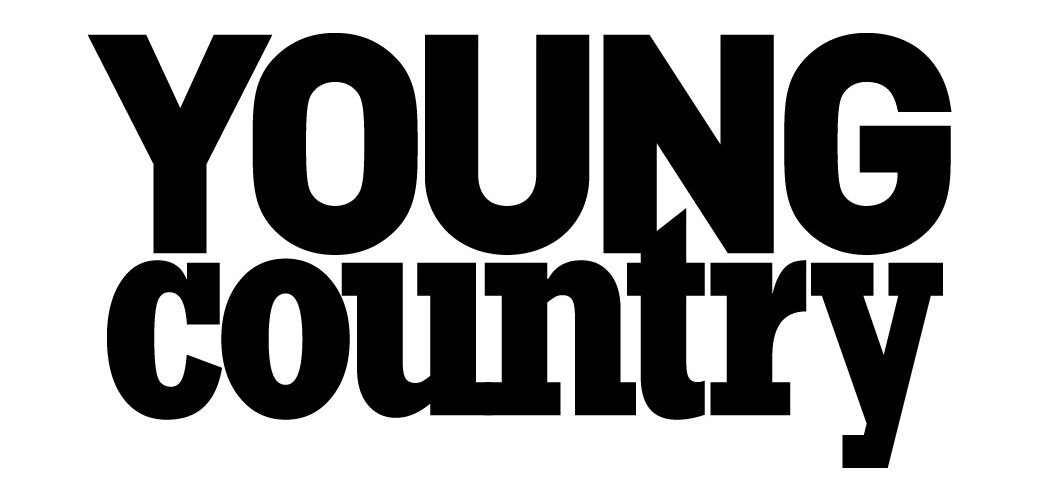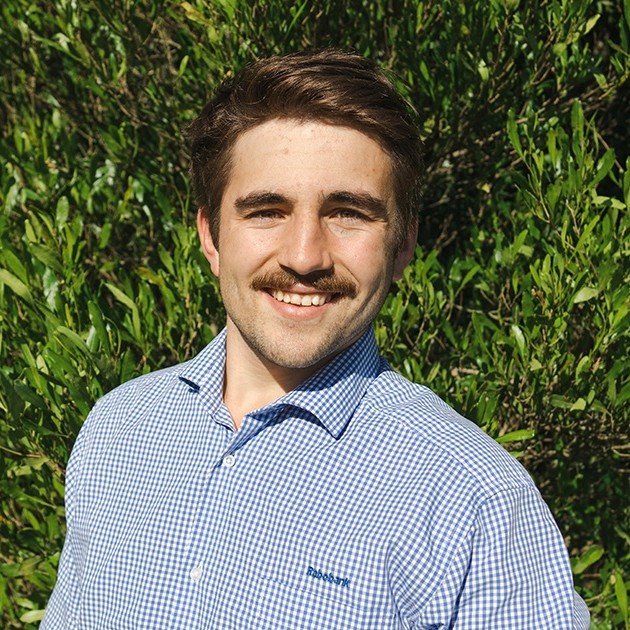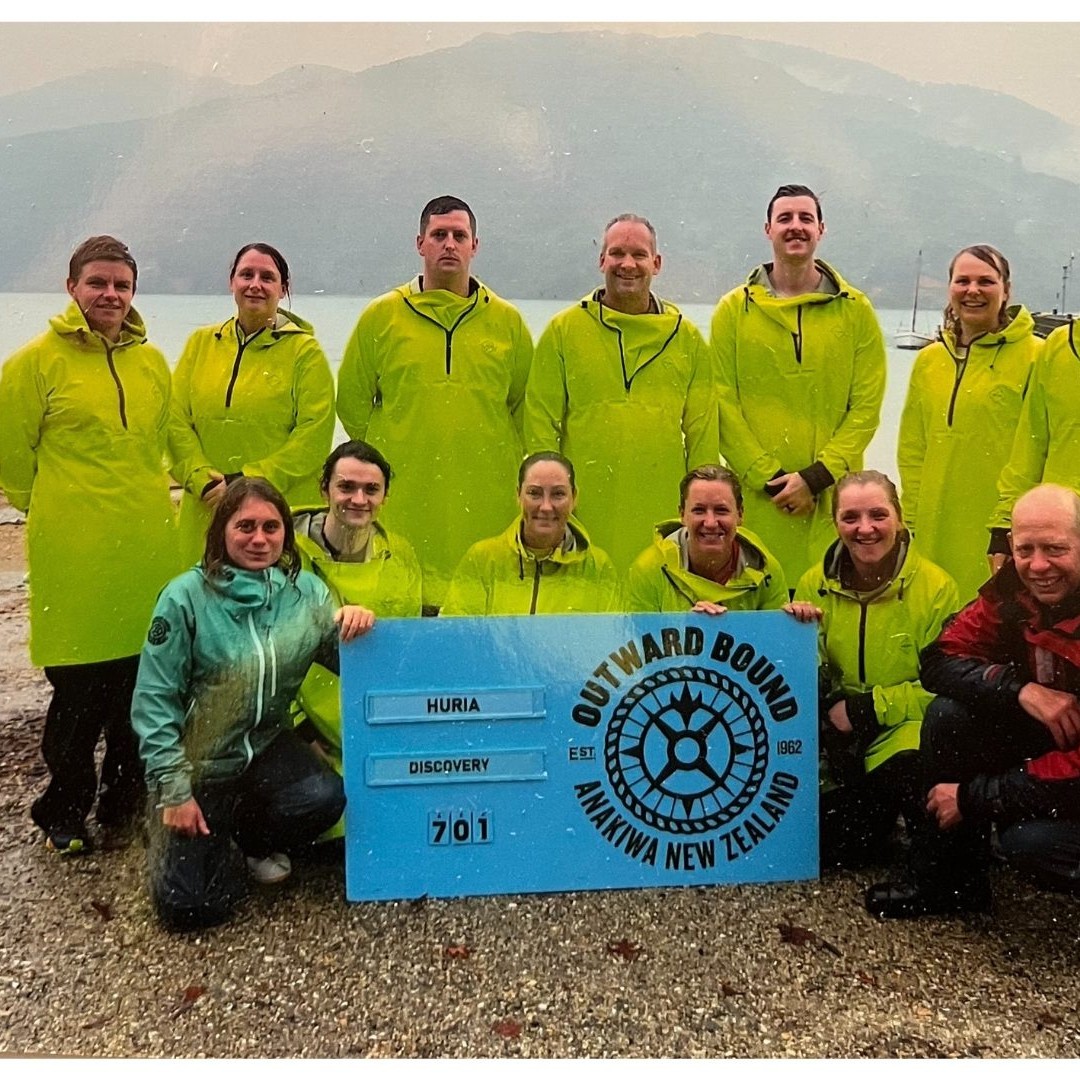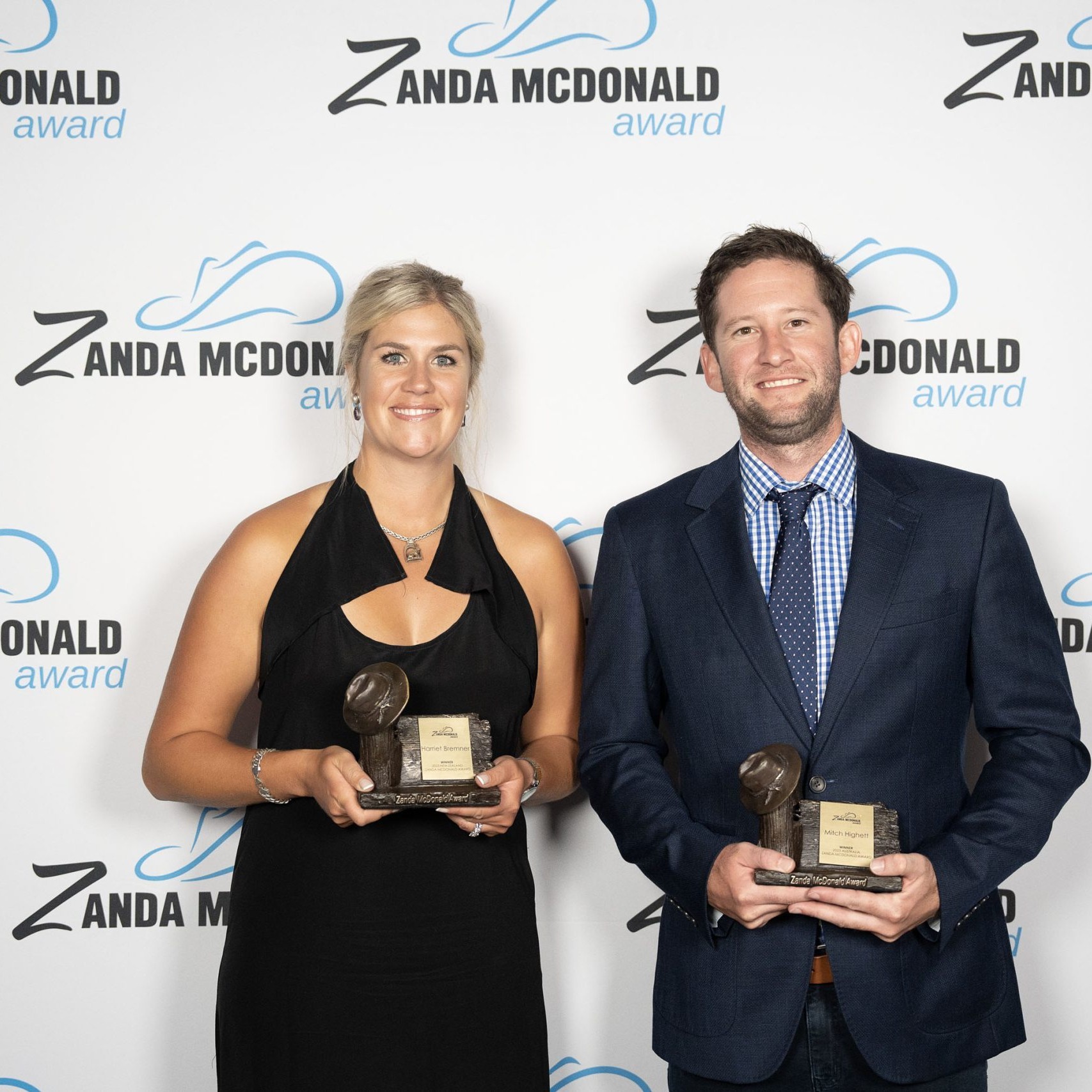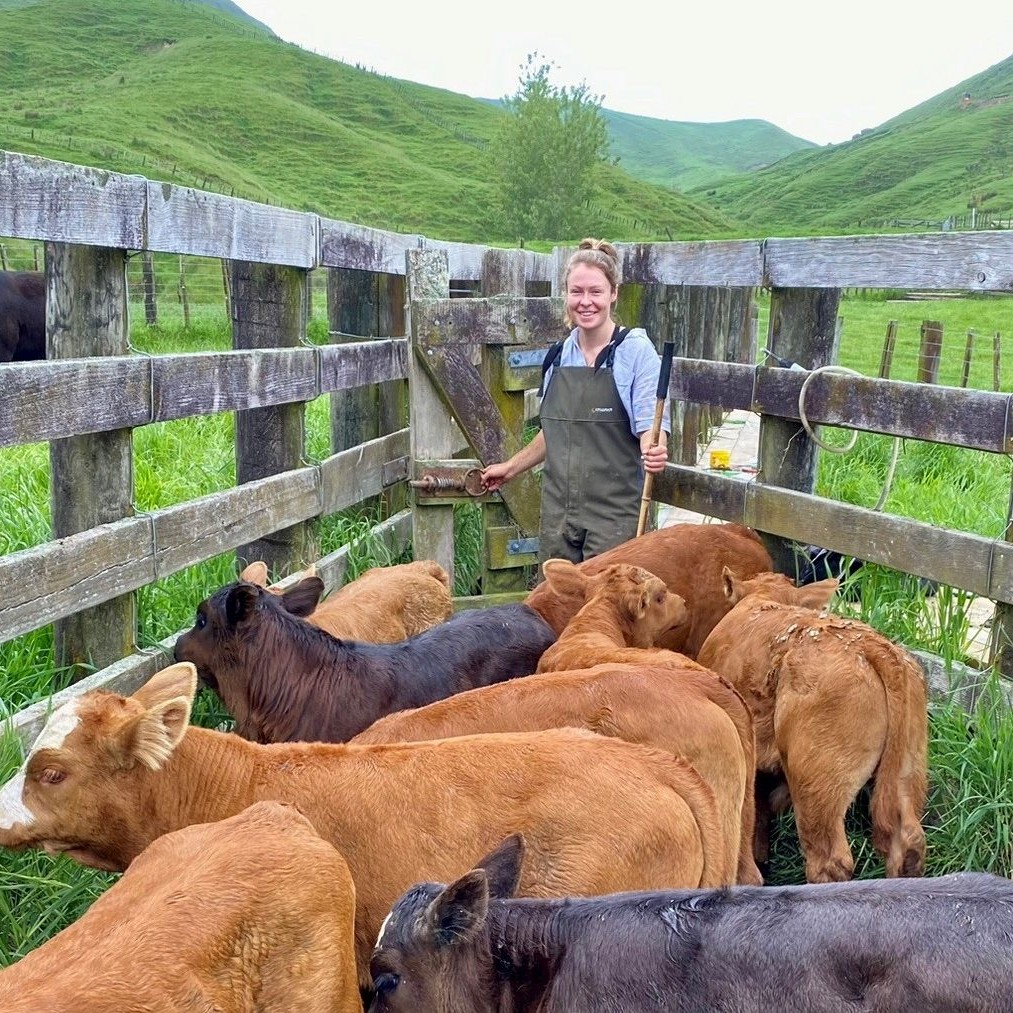A quest to improve New Zealand agricultural efficiency with a sustainable future led Courtney Davies to Brazil.
With a drive and passion to improve agricultural efficiency and innovation within our shores while yearning to understand how we can contribute to a sustainable future and feed a hungry planet, I set off on a once-in-a-lifetime experience to the Bayer Youth Ag Summit in Brasilia, Brazil.
Each morning we woke with purpose, excitement and a sense of adventure as we went through the rigorous programme the summit had planned for us. We spent three days in workshops exploring the themes of sustainability, innovation and leadership. We experienced a marketplace and learned from companies making strides in technology development, who are climate conscious, as well as how NZ agricultural techniques (grass-based regenerative farming and herd composition) are being recommended to farmers throughout South America and the world. Groups like Nuffield, IICA, Climate Corporation, Bayer and Embrapa demonstrated their products, business plans and mission of success through sustainability.
Afternoons included group discussions where ideas and international perspectives were shared. We used these tools to develop our own business plans; my group focused on digital innovation and application to tackle food insecurity.
Solutions presented through each group ranged from creating interactive robots for targeted weed control and financial literacy courses for small-holder farmers to vertical community farms and software that tracks real-time food degradation during transport in warm climates. Each delegate presented their “pitch” and received feedback on how to make the ideas a reality. Some delegates came to the summit with businesses already in action and others with a concept they were looking to explore.
One of the highlights was experiencing a large-scale commercial farm at SLC Agrícola, Pamplona Farm, deep in Brazil’s tropical savanna (the “Cerrado”), planted in more than 400,000 hectares of cotton, soy and corn. Here we saw examples of efficient water use, biodiversity protection, soil health and digital farming. We learned the importance South American agriculture places on innovation evolved from traditional practices.
Common procedures at the farm included monitored irrigation and weather forecasting with physical placement controlled down to the millimetre to reduce water loss alongside regular tree planting.
We had the opportunity to plant a native tree to support the Forest Code. This code requires Brazilian farms to maintain 20–80% of native vegetation dependent on their location and position relative to the Amazon rainforest. This tied into the evening panel discussion on the recent Amazon fires to understand what was really going on.
Several of us took advantage of flight scheduling to meet a few days earlier and explore Chapada dos Veadeiros (National Park), hiking and seeing some incredible waterfalls. Looking out upon the national park, it was like a desert savannah, with a few trees throughout. This extraordinary geography showed me that no two solutions will work the same in different landscapes but through collaboration, we can better understand what will work for us.
When was the last time we really let a new idea in? The summit taught me the importance of standing up and being heard because someone needs to do it. Agriculture is changing in NZ and we need to adapt to survive.
A close friend of mine from the summit said, “the youth are not waiting for their government – they are taking action now”. Why wait? Talk to the people around you and explore what they have to say. The worst that can happen is nothing changes. But imagine what we could do if given the chance.
- Courtney Davies is an environmental educator for the Sir Peter Blake Trust, based in Auckland.
